Engaging children in art offers a unique pathway to unlock their creativity and foster essential life skills. From mastering basic art techniques to exploring complex mediums, art serves as a powerful tool for intellectual and emotional growth. For parents and educators alike, discovering effective art techniques for kids becomes a cornerstone of nurturing young minds. Whether through painting, drawing, or other creative expressions, art provides a dynamic medium for children to explore their world. This guide delves into the essential elements of art for kids, offering insights into how to keep them engaged, leverage art techniques for primary school curricula, and understand its profound impact on children with unique needs like those with ADHD. By embracing the transformative power of art, we unlock new possibilities for learning and self-discovery, ensuring every child finds their artistic voice.
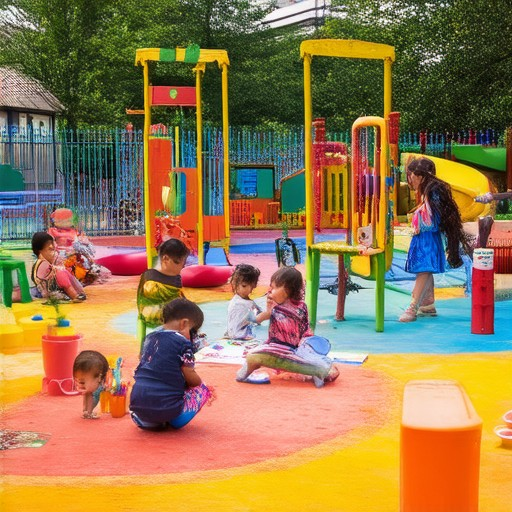
The 7 Elements of Art for Kids
Exploring the world of art can be a fun and enriching experience for kids. Here are the 7 essential elements of art that every child should familiarize themselves with:
- Color – Using vibrant hues to express emotions and creativity.
- Shape – Discovering geometric forms and learning symmetry.
- Form – Understanding three-dimensional objects and structures.
- Texture – Exploring rough and smooth surfaces in artwork.
- Pattern – Creating repeating designs and sequences.
- Space – Understanding negative and positive space concepts.
- Emotion – Expressing feelings through symbolic and abstract art.
Kids can engage with these elements through various art projects, fostering their creativity and imaginative skills. Explore fun activities like finger painting for texture or collage-making for patterns. Encourage exploration and experimentation to spark curiosity and innovation!
For more inspiring ideas, check out our art project guides and step-by-step tutorials . Happy creating!
Art Techniques Explained
Art techniques encompass a wide array of methods and mediums used by artists to create visual artwork. These techniques vary greatly across different artistic disciplines, cultural influences, and historical periods. Below is a breakdown of some of the most common and influential art techniques:
Traditional Art Techniques
- Oil Painting : Known for its versatility and durability, oil painting involves applying oil-based paints on a canvas or panel. Brushes, palette knives, and solvent-cleaning tools are commonly used.
- Watercolor : Water-soluble paints are applied on surfaces that absorb water, creating vibrant and lightfast colors. This technique is popular in watercolor painting and sketching.
- Sketching : A fundamental art technique involving quick, freehand drawing to capture ideas, proportions, and compositions. Sketches often serve as blueprints for larger works.
- Printmaking : Creating prints from original artworks using intaglio, lithography, or screen printing methods. Printmakers use plates, screens, and inks to transfer images onto paper or other surfaces.
- Sculpture : Three-dimensional art created by shaping or assembling material into forms that convey ideas. Common sculpting materials include clay, marble, wood, and metal.
- Photography : Capturing moments and subjects using cameras and film or digital technology. Photographers manipulate light, composition, and shadows to create visually striking images.
- Stained Glass : Artistic designs are created by placing glass pieces together and leading them with silver or other metals. This technique is often used in religious and architectural settings.
Contemporary Art Techniques
- Digital Art : Utilizing software and digital tools to create artwork. Digital artists work with graphics editing programs, 3D modeling, and virtual reality to produce innovative pieces.
- Street Art : Public art created in urban environments, often illegally, using spray paint, stencils, and other materials. Street artists aim to make their work accessible and impactful in public spaces.
- Mixed Media : Combining traditional and non-traditional materials to create layered, multi-textured artwork. Mixed media artists use everything from newspaper clippings to industrial materials.
- Installation Art : Large-scale, temporary art installations that interact with their environment. These works often challenge viewers’ perceptions and engage the community.
- Performance Art : Artistic performances that combine visual, auditory, and physical elements. Performances may involve live music, dance, theater, or interactive experiences.
Tools and Materials
Artists use a variety of tools and materials to bring their visions to life. Essential supplies include:
- Paintbrushes and pens
- Paints, inks, and dyes
- Canvas, paper, or other surfaces
- Scissors, glue, and tape
- Cameras, tripods, and lighting equipment
- Computers, software, and digital devices
Learning Art Techniques
Mastering art techniques takes practice, patience, and a willingness to experiment. Here are some tips for aspiring artists:
- Practice regularly to develop your style and skill level.
- Study the works of master artists and analyze their techniques.
- Experiment with different materials and styles to find your unique approach.
- Seek feedback from peers, teachers, or art critics to refine your work.
By exploring these art techniques and continuously refining your skills, you can unlock your creative potential and produce extraordinary artwork.
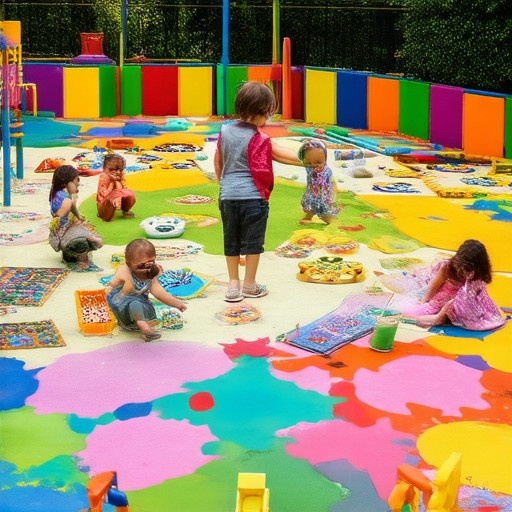
How to Keep Your Child Engaged in Art Class
To keep your child engaged in art class, consider implementing the following strategies:
- Allow Exploration and Choice: Provide opportunities for your child to explore different art mediums and styles. Introduce them to various techniques such as painting, drawing, sculpting, and digital art to help them discover their preferences.
- Make the Process Fun: Incorporate games and interactive activities into the art sessions. Use materials like finger painting or collage-making to make the experience more enjoyable and visually rewarding.
- Set Achievable Goals: Help your child set and accomplish small, manageable goals during their art projects. Celebrate their successes to boost their confidence and motivation.
- Encourage Ownership and Pride: Allow your child to make decisions about their artwork, such as choosing the theme or medium. Displaying their creations in a dedicated space can foster a sense of accomplishment and ownership.
- Introduce Variety and Innovation: Rotate the art projects to keep things fresh and incorporate technology, such as using art apps or 3D printing, to expose them to new tools and methods.
- Connect Art to Their World: Encourage your child to create art inspired by their surroundings or personal experiences. Use found objects or photographs from family trips to make their artwork more meaningful and relatable.
- Foster Collaboration: Engage your child in group activities or collaborative projects to teach teamwork and make the art process more dynamic and engaging.
- Provide Constructive Feedback: Offer positive reinforcement and constructive criticism to help your child improve while building their confidence and skill level.
- Share Their Creations: Give your child opportunities to share their artwork with peers, parents, or even through local exhibitions to gain recognition and encouragement.
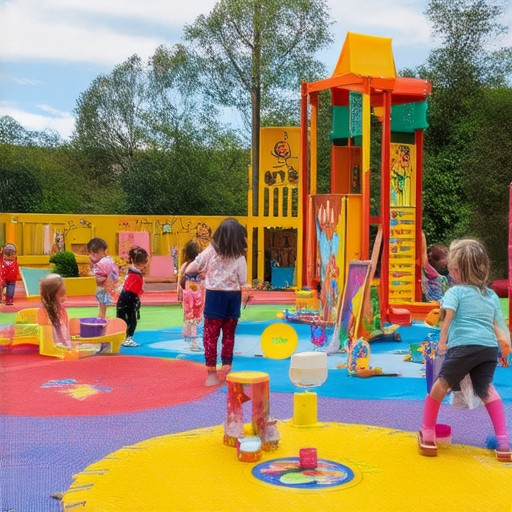
Is Art Good for ADHD Kids?
Yes, art can be highly beneficial for children with ADHD. It provides a unique way for kids to express themselves and manage their symptoms effectively. Here’s why art is good for ADHD kids:
Benefits of Art for ADHD Kids
- Self-Expression: Art gives children with ADHD a non-verbal means of communication, reducing the frustration often associated with verbal expression.
- Focus and Attention: Engaging in hands-on art activities can help improve concentration and reduce impulsivity, as children get absorbed in creating their masterpiece.
- Sensory Integration: Many children with ADHD experience sensory sensitivities. Art provides a safe outlet for processing sensory input, helping them manage their surroundings more effectively.
- Cognitive Stimulation: Art activities can stimulate the brain in ways that may enhance cognitive functions like memory and problem-solving, although the extent of this effect can vary depending on the individual.
How to Support Art Activities for ADHD Kids
- Structured Sessions: Set aside dedicated time for art activities to help your child develop routines and stay focused.
- Supplies Matter: Use kid-friendly materials that are easy to handle and won’t require a lot of preparation. Consider options like finger paints, crayons, or simple craft kits.
- Encourage Creativity: Let your child lead the creation process. Allow them to experiment with colors, textures, and styles without criticism.
- Group Projects: Collaborative art projects can help teach teamwork and social skills, which might be challenging for children with ADHD.
Resources for Parents
You can find plenty of age-appropriate art projects and techniques tailored for children with ADHD on platforms like Artful Journey . Their collection of guides and tutorials is designed to help families engage in meaningful artistic experiences together.
Conclusion
Art isn’t just a fun activity—it’s a powerful tool for helping children with ADHD develop essential skills and manage their condition. By incorporating regular art sessions into their routine, parents can support emotional well-being and foster a love for creativity in their kids.
Calming Art for ADHD: Creative Strategies for Managing Symptoms
Engaging in calming art projects can be an incredibly effective way to manage ADHD symptoms while fostering creativity and relaxation. We’ve curated a selection of art-based activities specifically designed to support those with ADHD, helping to enhance focus, reduce stress, and promote a sense of accomplishment.
Types of Calming Art Projects
- Mandala Coloring: Mandalas are intricate geometric designs that encourage mindfulness and repetition, perfect for improving focus and reducing anxiety. Our collection of mandala coloring pages features intricate patterns that can be completed in minutes while providing a meditative experience.
- Coloring Books: Adult coloring books are a popular choice for those with ADHD, offering a soothing activity that doesn’t require complex planning. Our premium coloring books feature vibrant images that can be colored with ease, providing a calming escape from daily chaos.
- Guided Drawing Activities: These structured exercises help individuals with ADHD channel their energy into something productive. Our guided drawing kits come with step-by-step instructions, making it easy to create unique artworks without feeling overwhelmed.
- Collage Making: A fun and freeing art form, collage-making allows for self-expression without the pressure of traditional art. We provide collages with various materials, encouraging users to mix and match textures and colors to create personalized masterpieces.
Benefits of Calming Art for ADHD
Engaging in calming art can offer numerous benefits for those with ADHD, including:
- Improved Focus: Repetitive tasks like coloring or drawing can help improve concentration and executive functioning skills.
- Reduced Anxiety: Artistic expression can serve as a healthy outlet for managing frustration and stress.
- Increased Self-Esteem: Completing art projects can boost confidence and provide a sense of accomplishment.
- Better Sleep Quality: Engaging in calming art before bed may help individuals with ADHD wind down more effectively.
Tools and Materials for Success
To make the most of your calming art experience, we recommend using high-quality, durable tools and materials. Our art sets include:
- Crisp paper in various sizes
- High-quality colored pencils and markers
- Erasers and blending tools
- Mat surfaces for coloring and drawing
Where to Find Resources
Discover our curated collection of calming art projects and resources at Artful Journey . We offer a wide range of art supplies, guides, and inspiration to help you create meaningful artwork while managing ADHD symptoms effectively.
Explore our mandala coloring pages and other calming art projects today. Whether you’re looking for a quick meditation tool or a creative outlet, our resources are designed to suit all skill levels and preferences.
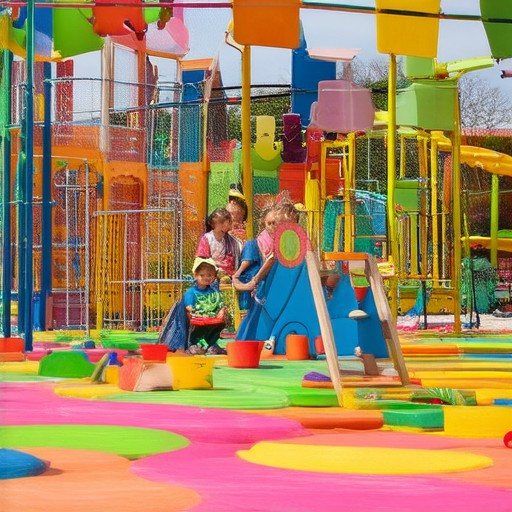
Do Most Gifted Kids Have ADHD?
Recent studies have shown that there is a significant overlap between giftedness and ADHD. In fact, research indicates that approximately 50% of gifted underachievers meet the screening criteria for ADHD, as reported by teachers and parents. This suggests that many highly intelligent individuals may experience ADHD symptoms, though it does not diminish their intellectual abilities.
Gifted children often exhibit unique cognitive traits that can sometimes appear as ADHD symptoms. Their advanced thinking patterns, combined with typical ADHD behaviors, may lead to misunderstandings. However, it’s important to recognize that having ADHD does not prevent a child from being gifted. Many successful individuals have thrived despite experiencing ADHD symptoms.
For parents and educators, it’s crucial to understand the difference between ADHD-related behaviors and genuine underachievement. While ADHD can affect executive functioning, gifted children may simply think differently. Recognizing this distinction can help in providing the right support and environment for their development.
Early identification and tailored strategies can significantly benefit gifted children with ADHD. Structured environments, individualized learning plans, and access to resources that cater to their unique learning styles can make a world of difference. With the right approach, these children can harness their talents and thrive academically and personally.
In conclusion, while many gifted children may experience ADHD symptoms, it is not uncommon. With understanding and appropriate support, they can navigate their challenges and excel in their pursuits.
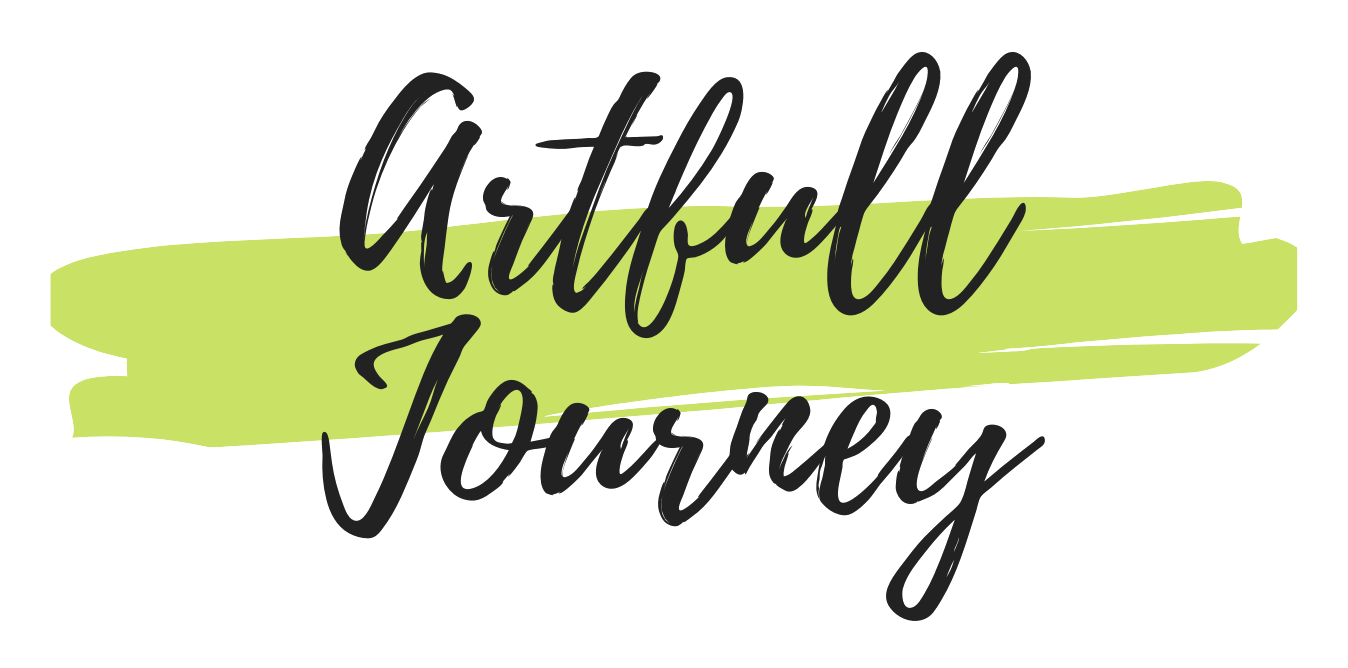



0 Comments